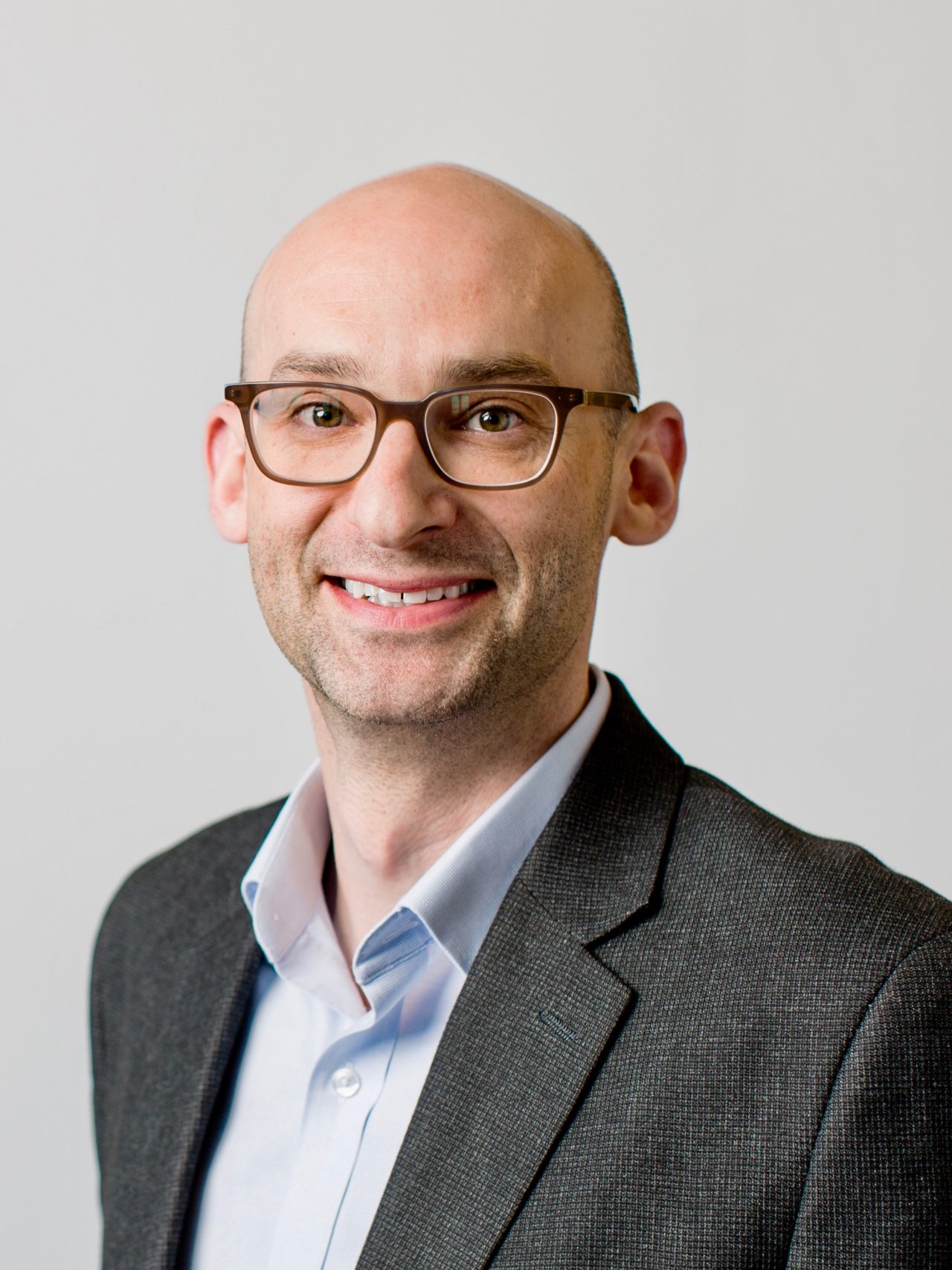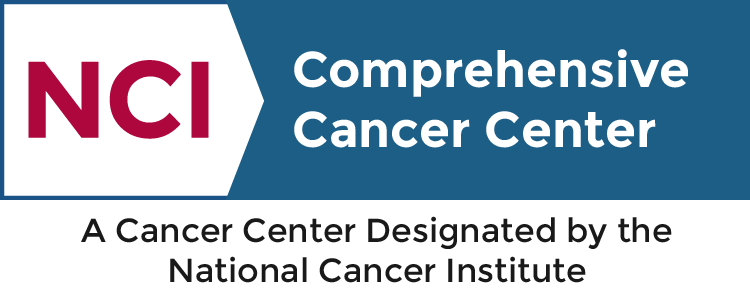September is Blood Cancer Awareness Month. Every 3 minutes, someone in the U.S. is diagnosed with leukemia, lymphoma, or myeloma. In fact, more than 1.3 million Americans are living with or in remission from a blood cancer. Although they are the 3rd leading cause of cancer deaths in the U.S., many people don't know the impact of blood cancers. And despite advances in blood cancer treatment, more than a third of blood cancer patients still do not survive five years after diagnosis.*
We spoke with hematologist Gabriel Mannis, MD, assistant professor of medicine, who is leading clinical trial efforts at Stanford to find innovative ways to treat patients with acute myeloid leukemia (AML), and ultimately provide them with lasting remission.
How did you decide to become a hematologist?
I doubt many kids dream of growing up to one day be a hematologist, so admittedly I was a bit surprised to discover—relatively late in my training—how fulfilling I found it to care for patients with blood cancers. As a leukemia specialist, I have the privilege of guiding patients through what is often the scariest time of their lives. Although far too many patients still ultimately succumb to their disease, we also cure many patients, and even those who can’t be cured are now living longer, better quality lives thanks to key advancements in our understanding of cancer biology and a slew of recent additions to our therapeutic arsenal.
Why did you choose to pursue cancer research?
It’s hard to imagine there is anyone these days who hasn’t been personally affected by cancer. Having seen over and over the impact that cancer can have on a person, a family, even a whole community, I really don’t think I could have done anything else with my career except to try to help advance the field in some small way. As a clinical researcher, I have the opportunity to work at the intersection of patient care and cancer discovery, studying novel treatments and prognostic/predictive biomarkers that we hope will ultimately translate into improved outcomes for blood cancer patients throughout the world.
Tell us about clinical trials you are conducting in acute leukemia.
My goal when I got to Stanford a little over 2 years ago was to have a clinical trial option for every patient with acute myeloid leukemia (AML) that came through the doors. Our portfolio has since grown from no open trials in AML to what will soon be 8 or 9 different trials in Stanford’s AML research program, led by my colleague Tian Yi Zhang and me. These include trials for both newly diagnosed patients and patients whose disease has relapsed, and trials of targeted agents and immunotherapies.
On finding treatments that are less toxic for older AML patients:
Although people of all ages unfortunately get AML, more than half will be over the age of 60 at diagnosis, with the median age at diagnosis being around 70 years old. We have historically been successful getting young patients with AML into remission using high intensity chemotherapy—typically requiring a month long hospital stay and with significant associated risks—but this approach is too toxic for the majority of AML patients. In the past few years, we have made significant advances in the treatment of older, more frail patients with AML. Here at Stanford we are studying multiple approaches to further improve survival in older patients with AML, including the first ever all-oral chemotherapy regimen for newly diagnosed AML, as well as a novel “triplet” regimen that incorporates the macrophage checkpoint inhibitor, magrolimab—a drug developed right here at Stanford—into the standard backbone of treatment.
What is the important problem you are working to solve in your research and how have you approached solving it?
The most important problem—really the only important problem in blood cancer research—is how to cure more people. Obviously there’s not a simple solution—the approach requires basic, translational, and clinical scientists to all work together to try to move the needle. I am fortunate at Stanford to get to work with tremendously talented people across many disciplines to try to make this a reality. In AML, we’re pretty good at getting patients into remission, meaning we have eradicated all detectable leukemia. Unfortunately most patients who get into remission still ultimately relapse. Fundamentally this means that in order to make progress towards a cure, we will need better methods of detecting very tiny amounts of residual leukemia so that we can more easily evaluate which treatments are most successful at getting rid of every last leukemia cell.
--
* Statistics from Leukemia & Lymphoma Society



